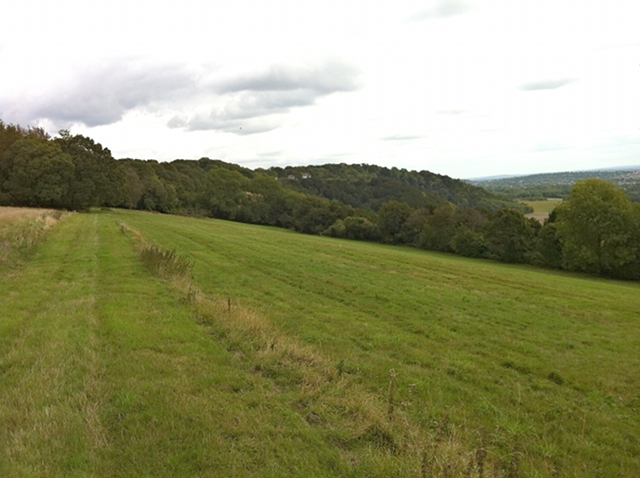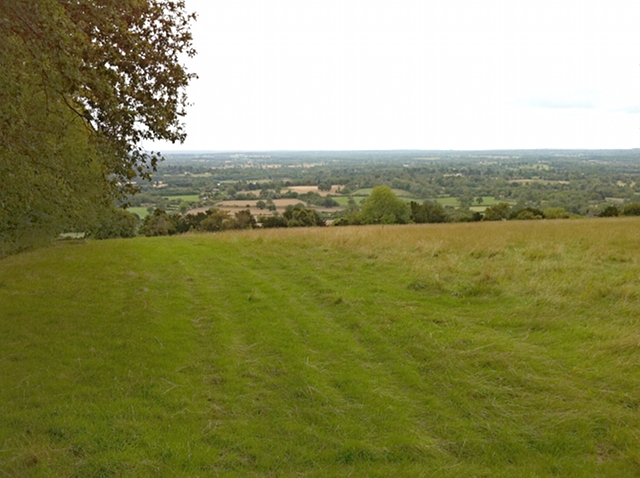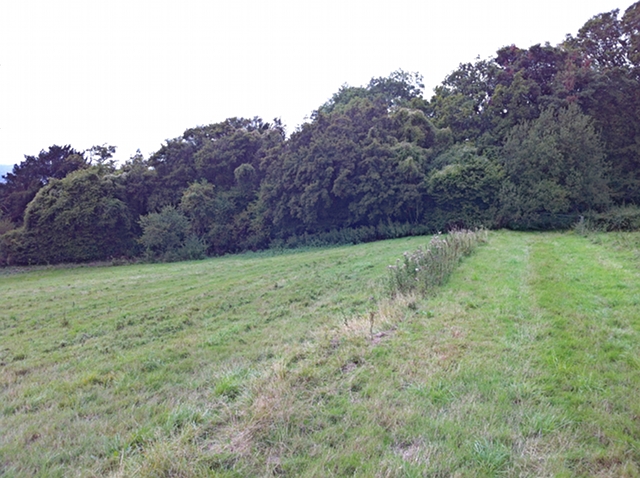Introduction: Councillor Liz Frost replaces Jean Smith as chairman of the conservators and ex officio chair of the consultative committee [Ed: Cllr Frost takes over after many years of Mrs Smith’s chairmanship, which was initially rotating, but then continuous. Today’s consultative committee meeting felt much more like a committee meeting should feel: members were welcome to speak, comments were received respectfully, and there was no sense of inexorably being driven towards closure as early as possible. Whether this represents more than a change in style remains to be seen.]
Car parking for events: no-one was present to give the planned oral update, and a written report was promised. [Ed: this set the tone for the meeting, with lots of actions not followed up. Doubtless the officers are over-stretched, but the meeting didn’t feel particularly well prepared for.]
Dog control: officers announced that a report had been commissioned by the Jockey Club from Stephen Jenkinson, an independent consultant on dog control in public spaces, which had just been received. Conflict management training had been scheduled for the downskeepers. This confirmed a desired movement towards better management of dogs (and their owners). The chairman referred to the existing notices on the downs, some of which are old, and refer to ‘keeping dogs under control’. A new design has been produced by the the Training Grounds Management Board, which was circulated. The notice would be discussed by the board the following week.
Comments made (by us and others) included:
- the draft notice pre-empts full consideration of Stephen Jenkinson’s report;
- reference in the notice to measures being necessary for dog control on grounds of ‘health and safety’ were more likely to alienate dog walkers;
- there is no legal power to require dogs on leads before noon (this was effectively confirmed by the clerk);
- the notice required dogs on lead when horses are present, but it’s often not clear whether horses are present;
- it’s not just horses which need protecting from rampant dogs, but other downs users, such as model aircraft flyers, or families having a picnic;
- the notice refers to permission to use the downs under the 1984 Act, but the Act confers a right of access, not just permission.
Stephen’s report apparently confirmed that a universal ‘dogs on leads’ approach would not work. The clerk said that the committee’s comments were useful and would be used to inform officers’ report to the board next week. I also suggested that the board should consider recruiting staff whose specific background were enforcement, but again, officers said that few authorities were now taking enforcement action because it was costly and was not a successful means of control in isolation. [Ed: correct, but enforcement and prosecution can and should be part of the package where there are egregious breaches: and there are quite a few of those, sometimes putting lives at risk. The conservators should consider whether it is possible to make a public spaces protection order to regulate dog walking, so that breaches could, where appropriate, be dealt with by fixed penalty notices.]
Road humps on Walton Road: no action had been taken to ensure that road humps had been installed to the satisfaction of the highway authority, this would be followed up.
Signposting for hatched area: notices were reported as ready for erection at the board meeting in April, and a check would take place on what had happened.
Hack ride markers on golf course: none had yet been done.
Sand track through woodland west of Nohome Farm: I said that recent use in wet weather suggested the track has been repaired to alleviate boggy conditions, and we were grateful.
Maintenance of triangular hack area east of Downs House: officers still looking into the possibility of procuring machinery to enable the grass to be cut and collected.
Tattenham Corner Road crossing: a meeting will take place between officers and Andrew Cooper about moving the footway from the inside of the corner to the outside, which is where the desire line lies. It was explained that the public often walked on the outside of the road, and the railings were very unforgiving, as they forced walkers into the road. The racecourse said it had never agreed to a swap of sides. The railings could not be set back as this would encourage pedestrian traffic on the racing surface. The chairman asked for the matter to be considered at the next board meeting [Ed: officers were visibly unenthusiastic, doubtless pondering a sense of déja vu]. It was suggested that the local county member might be willing to adopt any necessary works.
Broken gate at top of Chalk Lane: this was discussed with the county councillor, and the council may repair it one more time (and this is thought to have been done).
Issues arising from Derby meeting: the racecourse and officers were meeting to discuss these issues the following day, reporting to next week’s board meeting. The contractor had been in operation for three years. It was a challenge to get the downs restored to condition. The first priority was to restore the areas in training use on Sunday morning, and performance was getting better. The weather affected the clean up, and could cause work to be undone. One member suggested that volunteers should be encouraged to engage in the clean-up. I reiterated that there was a particular concern about glass being omitted from the clearance.
Fencing on the downs: it was asked why extensions were permitted to the fencing period. The clerk said the 1984 Act permitted complex set up and take down times for the racing, and it was sometimes inconvenient to dismantle and re-erect in short order, and could harm the downs because of additional traffic. The conservators looked favourably on applications for extensions. The head of legal of the council had agreed that there was a general power to allow this. We reiterated the hack riders’ view that the board has no power to extend fencing in the manner permitted.
Later running of Derby and Oaks: it was asked whether the later scheduling of the main races had caused greater disruption in the evening. The racecourse said the gates had opened half-an-hour later than usual, which had allowed a less intense traffic build-up. Both races had been run at 1630, but the entertainment finished at the same time as in the previous year. The last race was at 1750, which was slightly later than in previous years.
Hack ride along 14th tee alongside Grand Stand Road: the golf club had inspected the site with officers and had agreed to allow the grass to regrow along the hack ride to better distinguish the course of the hack ride.
Hack ride and area along bottom of golf course above Rifle Butts Alley: clearance work has already begun and will appear in the winter work programme.
Hack sand track: there would be an oral update to the board meeting next week. It was harrowed and stone picked last week.
Dates of next meeting: to be advised.
Traffic lights at top of Langley Vale Road and Shepherds Walk: a question was asked about installation of lights to enable a safe crossing for horses, cyclists and walkers from one to the other, but no-one knew of progress. It was suggested that the crossing was heavily used by cyclists. It was thought that any proposals could come forward from an analysis of the movement requirements arising from Langley Vale Wood.
[I had to leave slightly ahead of the close of the meeting at this point, but understand that no substantive business followed my departure.




